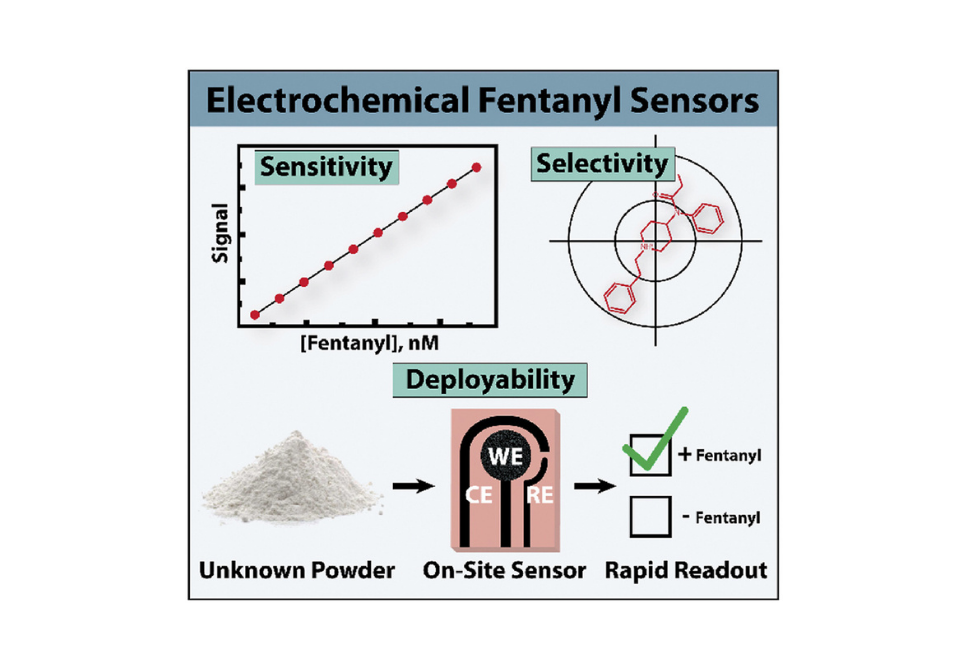Electrochemical sensors for the detection of fentanyl and its analogs: Foundations and recent advances
Abstract
The opioid crisis has proliferated at an unprecedented rate worldwide, posing significant public health challenges. This review presents the current state of electrochemical methods to positively identify and quantify fentanyl, a potent and popular opioid, and its analogs in liquid and solid matrices. Specific emphasis is placed on point-of-use sensors, which are urgently needed to provide first responders with tools to identify unknown powders and treat victims of an opioid overdose. Electroanalytical techniques are uniquely poised to generate such sensors based on their portability, low cost, and ease of use. However, significant challenges remain, including enhancing sensor sensitivity for quantification of fentanyl at biologically relevant concentrations (<80 nM), and the extension of electrochemical methods to selectively identify common fentanyl analogs. Critically examining the strengths and weaknesses of electrochemical analysis for fentanyl detection and quantification is paramount for the continued development of deployable sensors to assist first responders in the control of this illicit family of substances.
Citation
Electrochemical sensors for the detection of fentanyl and its analogs: Foundations and recent advances
Matthew W. Glasscott, Kathryn J. Vannoy, P.U. Ashvin Iresh Fernando, Gilbert K. Kosgei, Lee C. Moores, Jeffrey E. Dick
TrAC Trends in Analytical Chemistry, Volume 132, 2020, 116037, ISSN 0165-9936
https://doi.org/10.1016/j.trac.2020.116037


